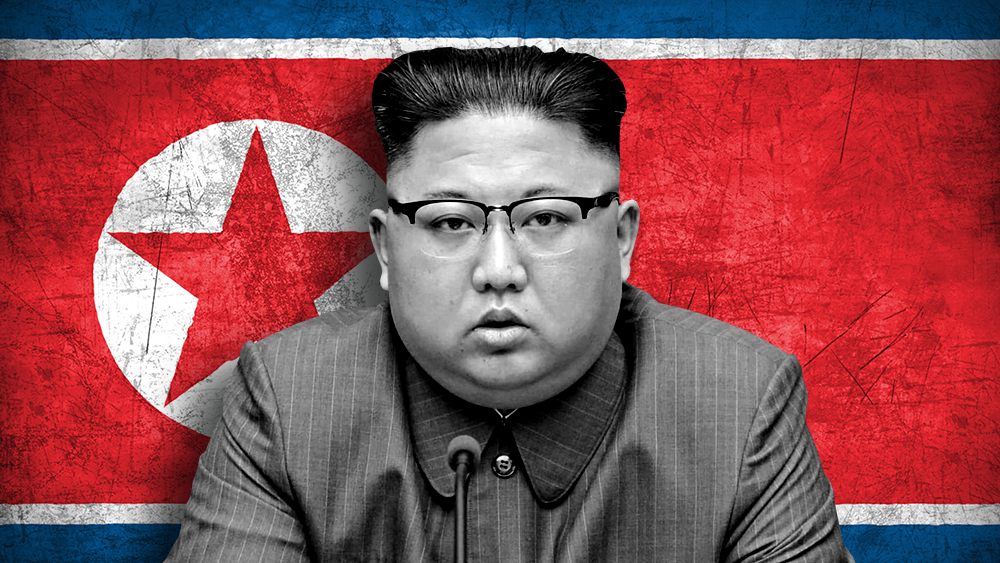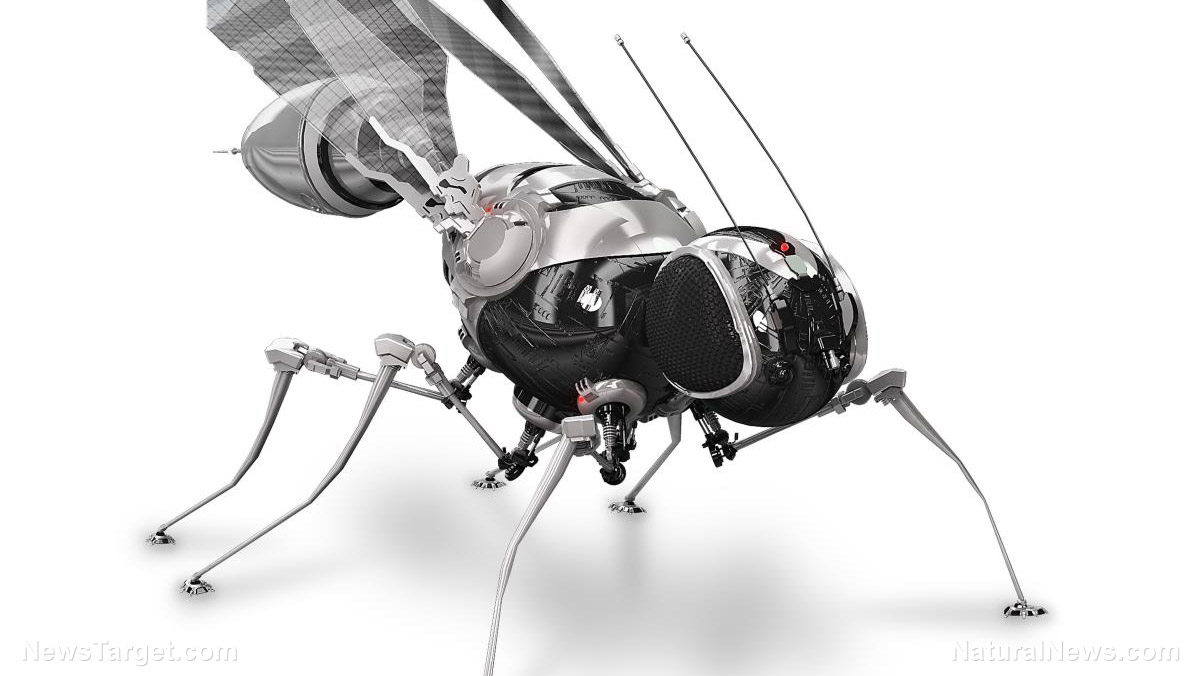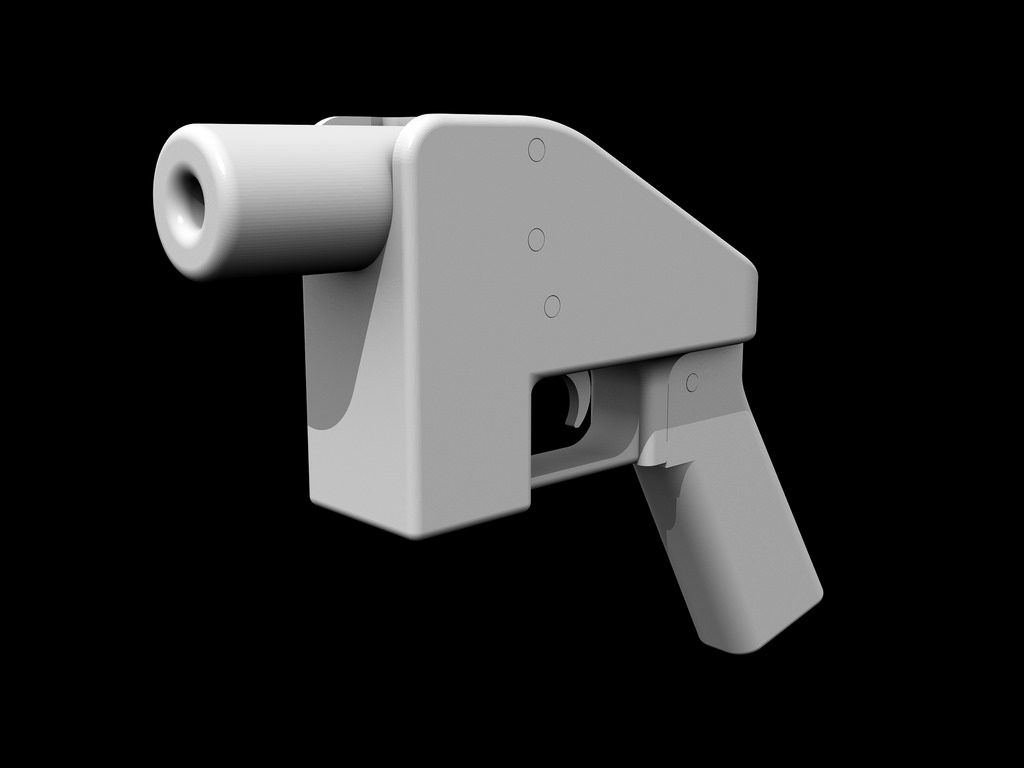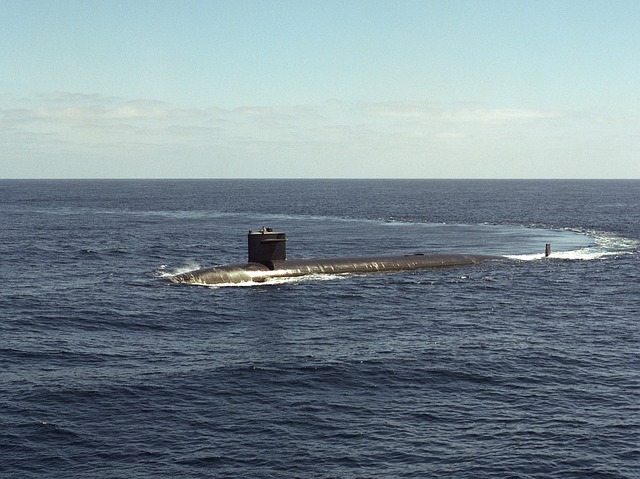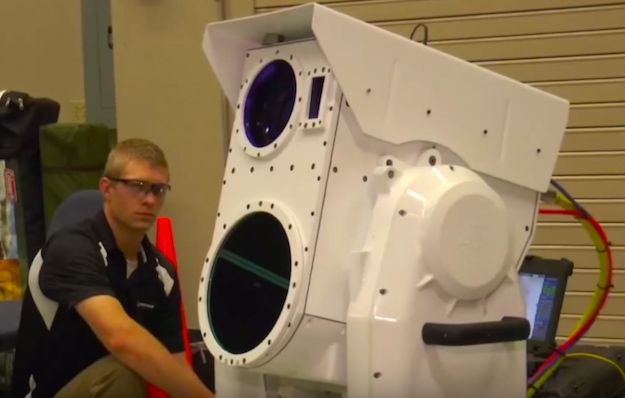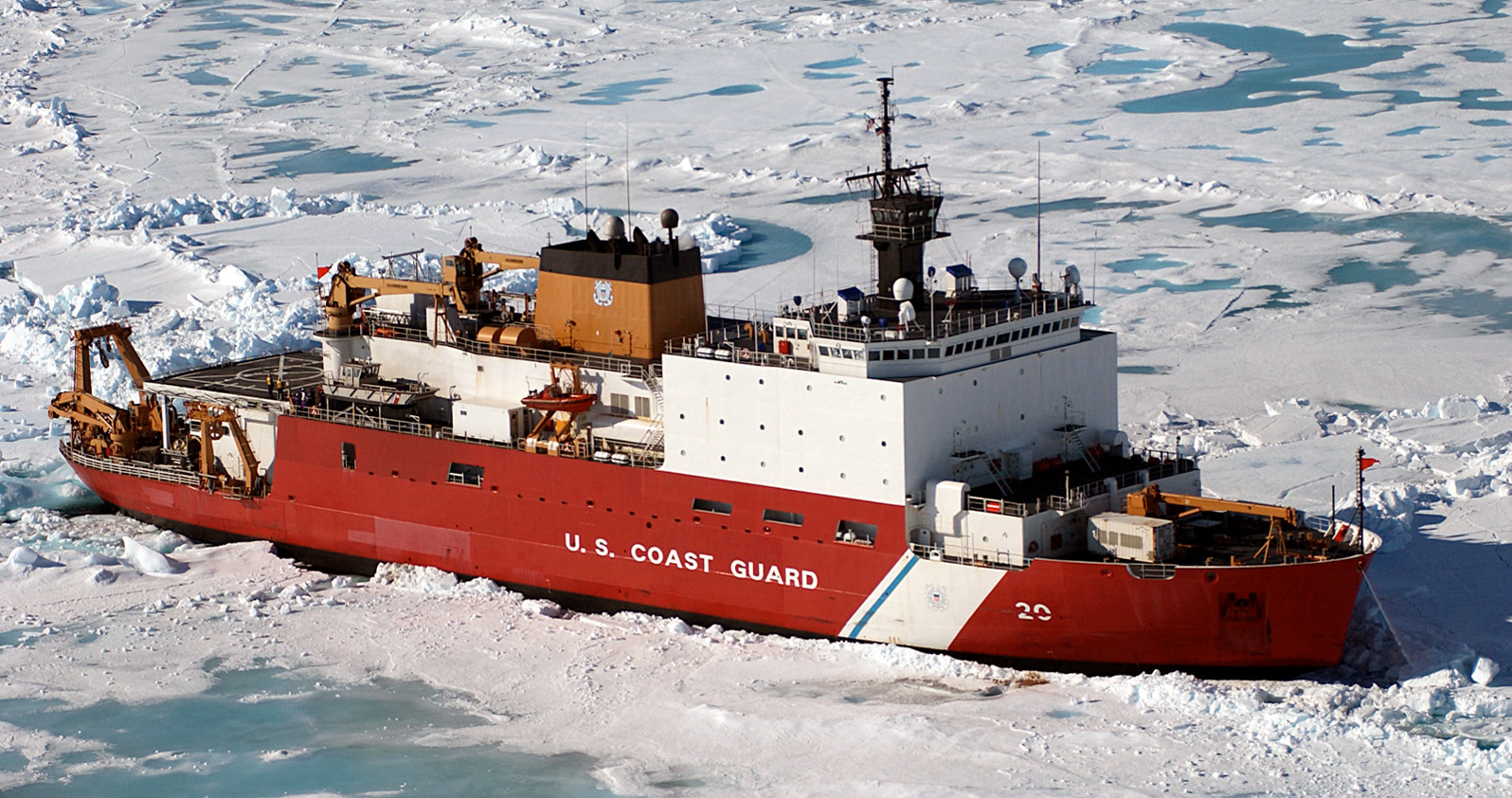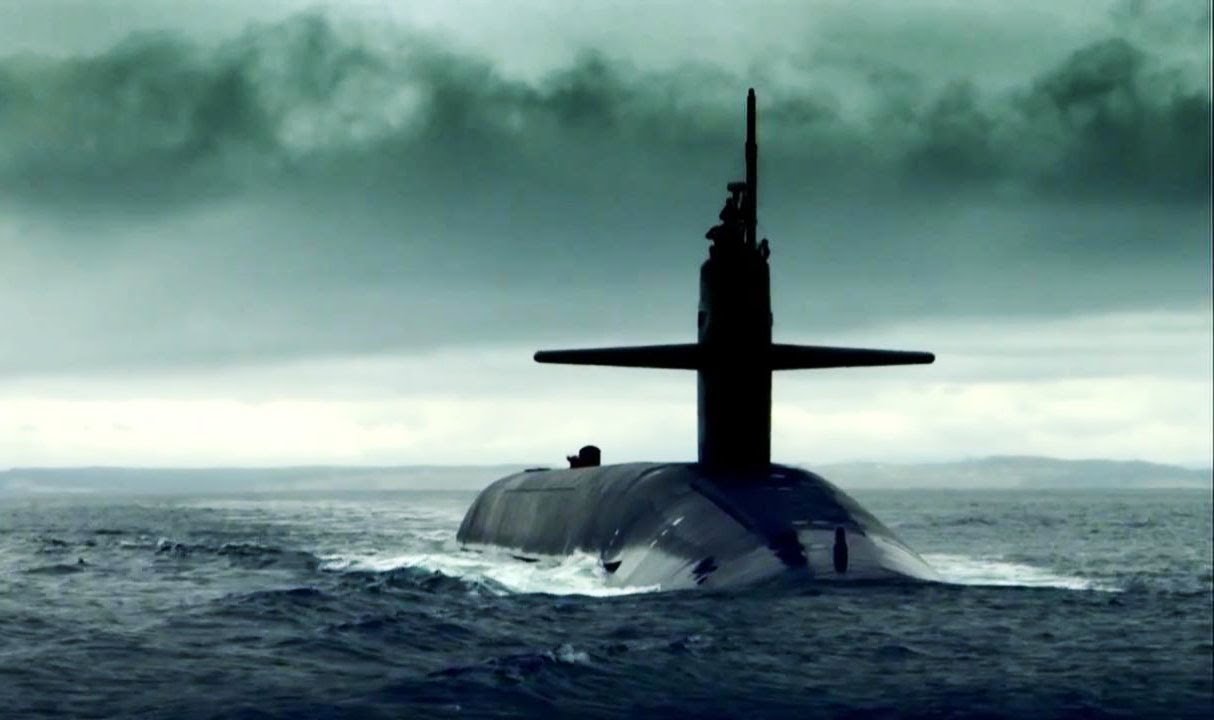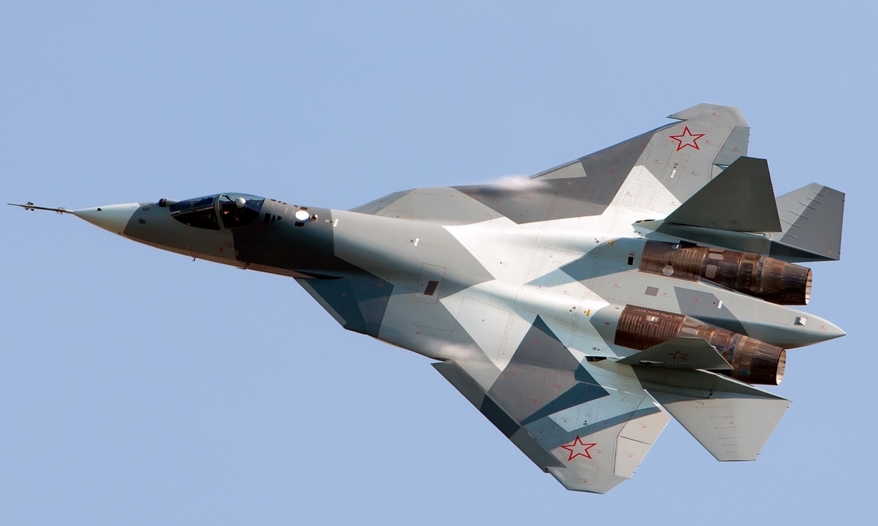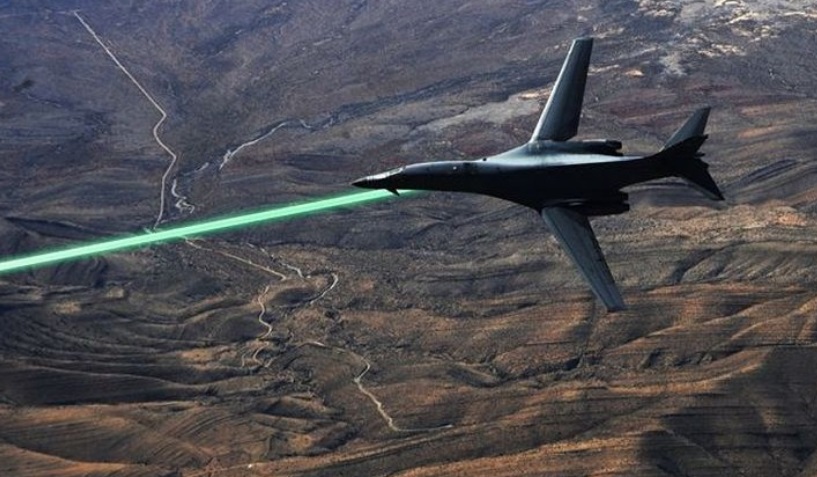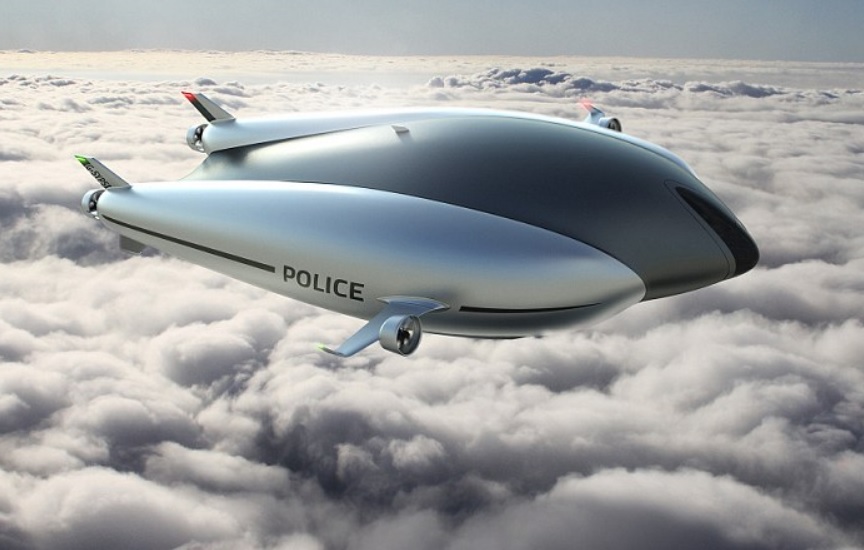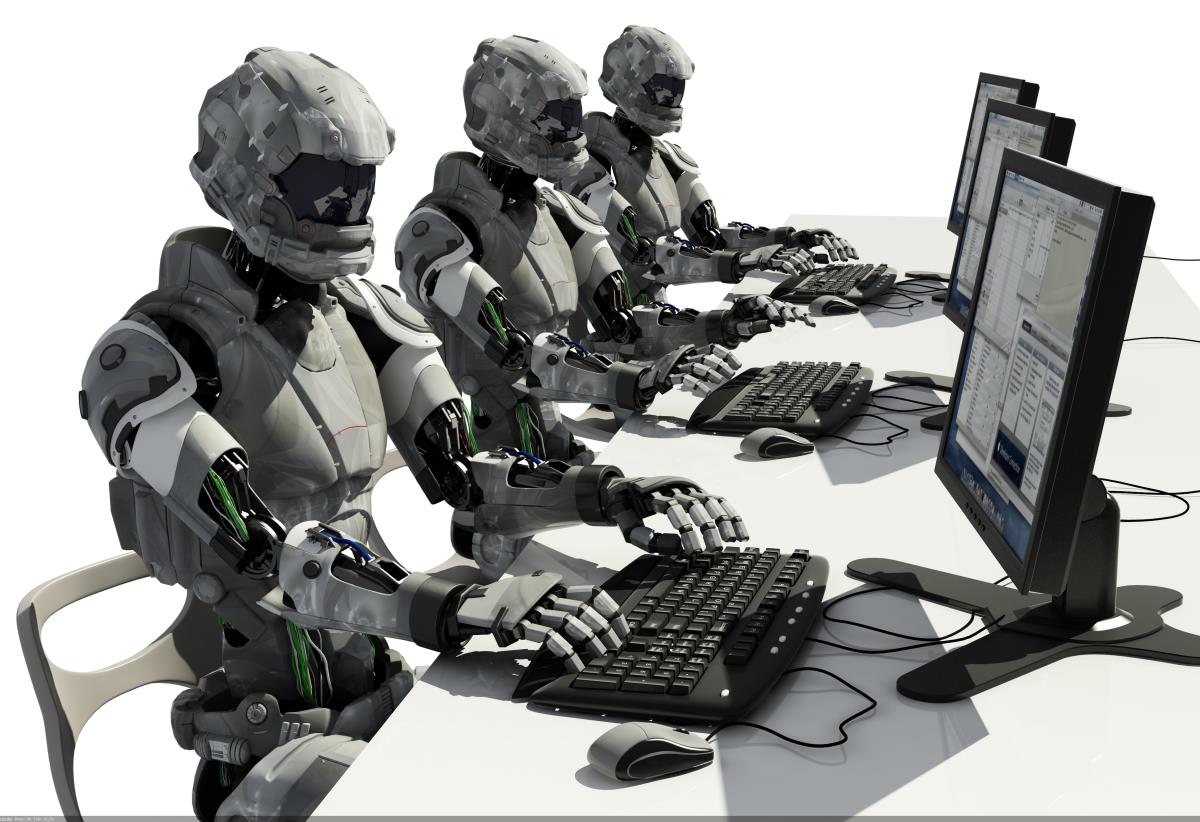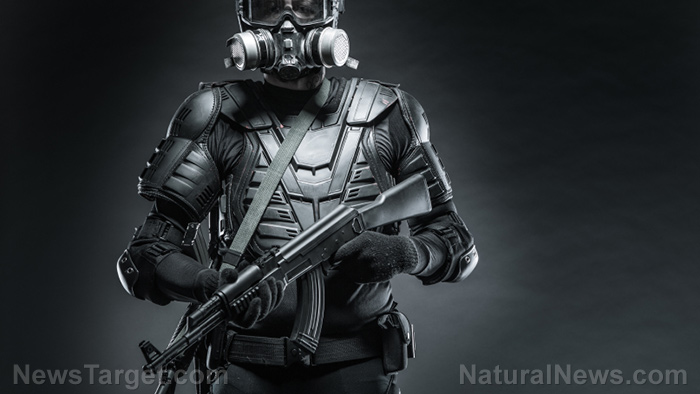New drone can retract its propeller arms in flight to make itself fit through narrow gaps and holes
02/27/2019 / By Jose Lopez
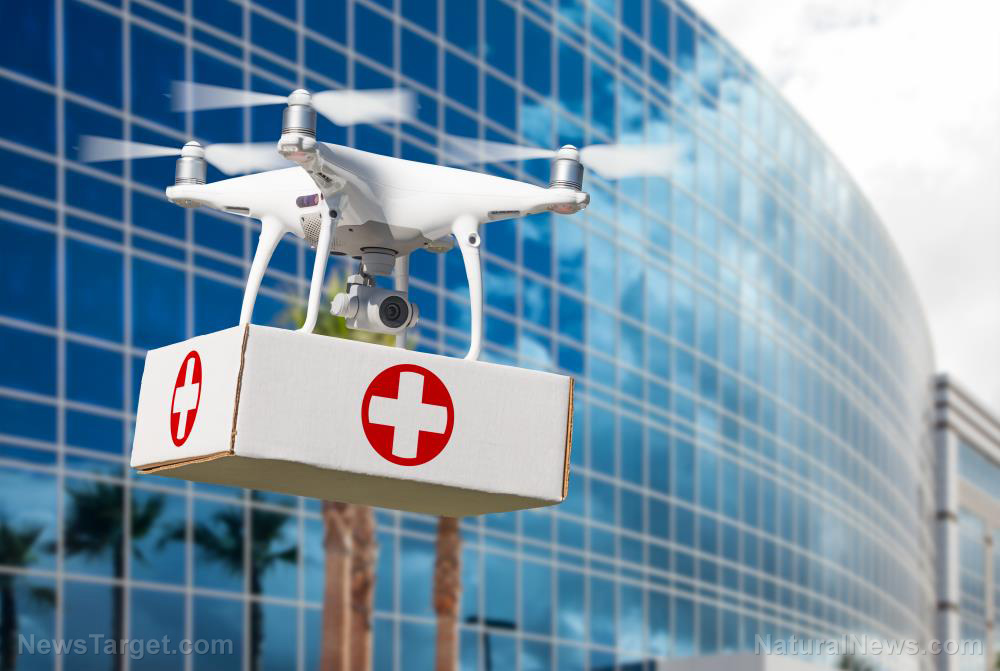
More uses for drones are being discovered every day. From commercial photography, television news, pollution control, package delivery, to military surveillance, drone operators are finding more and more uses for drones. Search and rescue is an ideal application for the latter. Exploring tunnels and caves, inspecting damaged buildings, probing into nooks and crannies are some of the dangerous tasks that rescuers would prefer drones to do for them. A drone can enter passageways or spaces too small or too tight for humans to crawl into.
However, some openings might be too small for the current models of drones to get through. Rescuers wanted a drone that is big enough to carry the required payload and battery pack, yet small enough to maneuver in the confined and cluttered spaces. Researchers from the Robotics and Perception Group of the Department of Informatics at the University of Zurich and the Laboratory of Intelligent Systems of the Institute of Microengineering at the Swiss Federal Institute of Technology Lausanne have developed a new kind of drone that can solve this problem. Both groups are part of the National Center of Competence in Research (NCCR) Robotics funded by the Swiss National Science Foundation.
Observing pigeons and swifts fold their wings during flight to fly through gaps, they developed a drone that could do the same. A drone’s wings are found in its propellers and not much could be done to fold them while in flight. But they can can fold the arms that hold the propellers.
Folding propeller arms during flight
Other researchers have developed propeller arms that fold during flight but their drones can only negotiate certain types of gaps, have short flight-times due to the drones’ weight, lose flight stability as the arms fold, or are too complex.
The Swiss researchers designed a drone with four propellers that rotate independently, mounted on jointed arms that can fold around the main frame using servo-motors. Their drone’s arms can fold and extend while in flight, allowing the drone to pass through narrow gaps and to maneuver in tight spaces.
Their drone’s outline can morph into several shapes based upon the requirements in the field. The standard configuration is X-shaped, with the four arms stretched out and with the widest separation between the propellers. It can change into an H-shape for going through narrow passages, or into an O-shape for maneuvering in tight spaces. It can even change into a T-shape in order to bring the camera mounted on the central frame closer to objects it needs to inspect.
Flight control while folding the arms
The factor where the team succeeded while others failed is maintaining flight stability as the arms are folding. The drone’s sensors are able to detect changes with the drone’s center of gravity as the arms folded, sending feedback to its control system. The control system is able to send instantaneous commands to individual propellers to speed up or down, thus keeping the drone stable in flight.
These processes happening all at the same time add to its ability to maneuver in confined spaces and fly for a longer time.
The future of morphing drones
The researchers were able to make a simple, yet effective system for folding arms of drones around its central body. It did not require complex alignments of the rotors to maintain stability in flight. They focused on simple arm configurations and a highly responsive control system to achieve that. This system opens up a broad spectrum of applications for quadrotor drones, most especially in search and rescue.
See DroneWatchNews.com for more reporting on drones.
Sources include:
Tagged Under: breakthrough, drones, future tech, innovation, inventions, robotics, robots, science and technology, search and rescue, surveillance





